
EASL Congress 2023
21-24 June Vienna

|
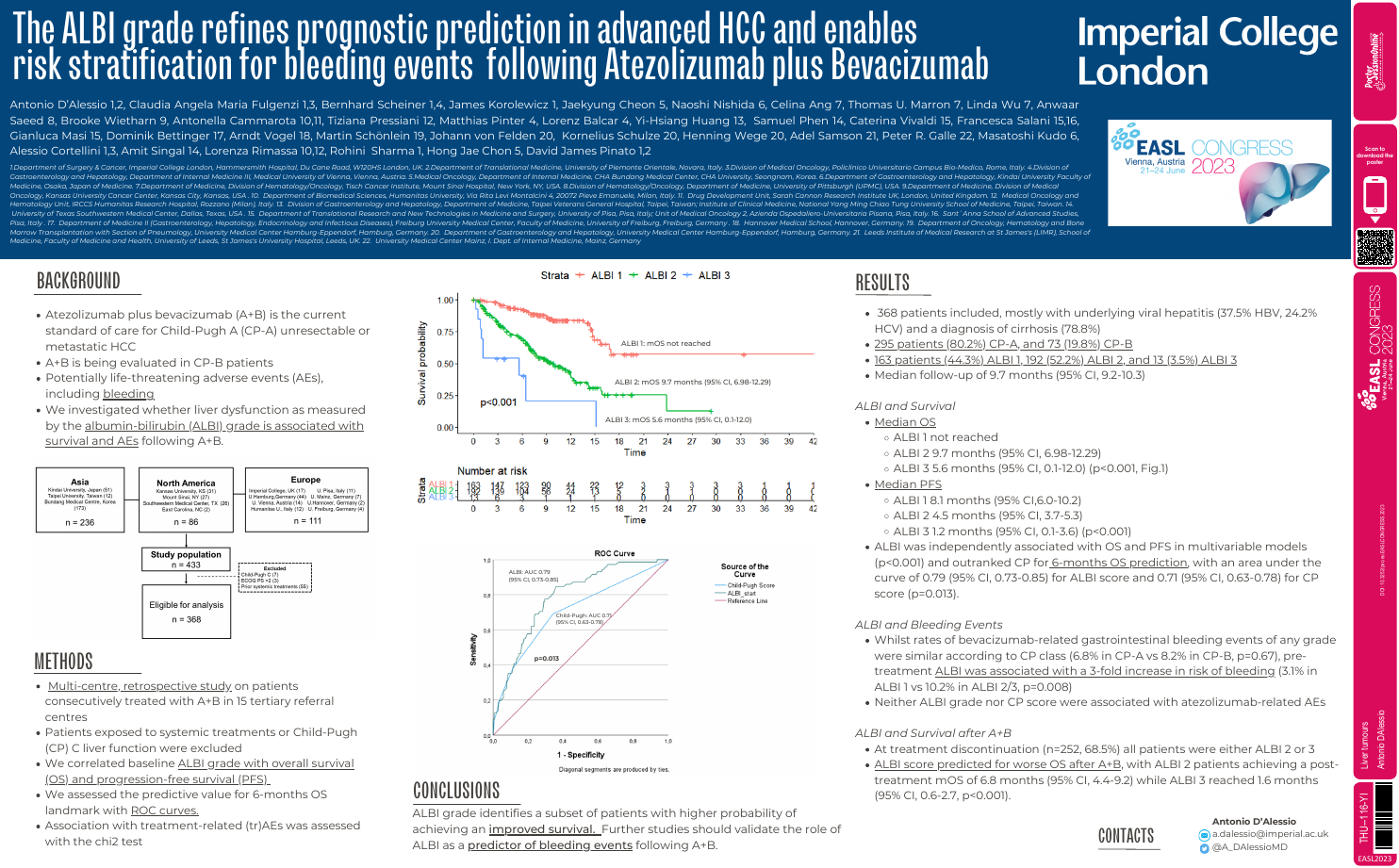
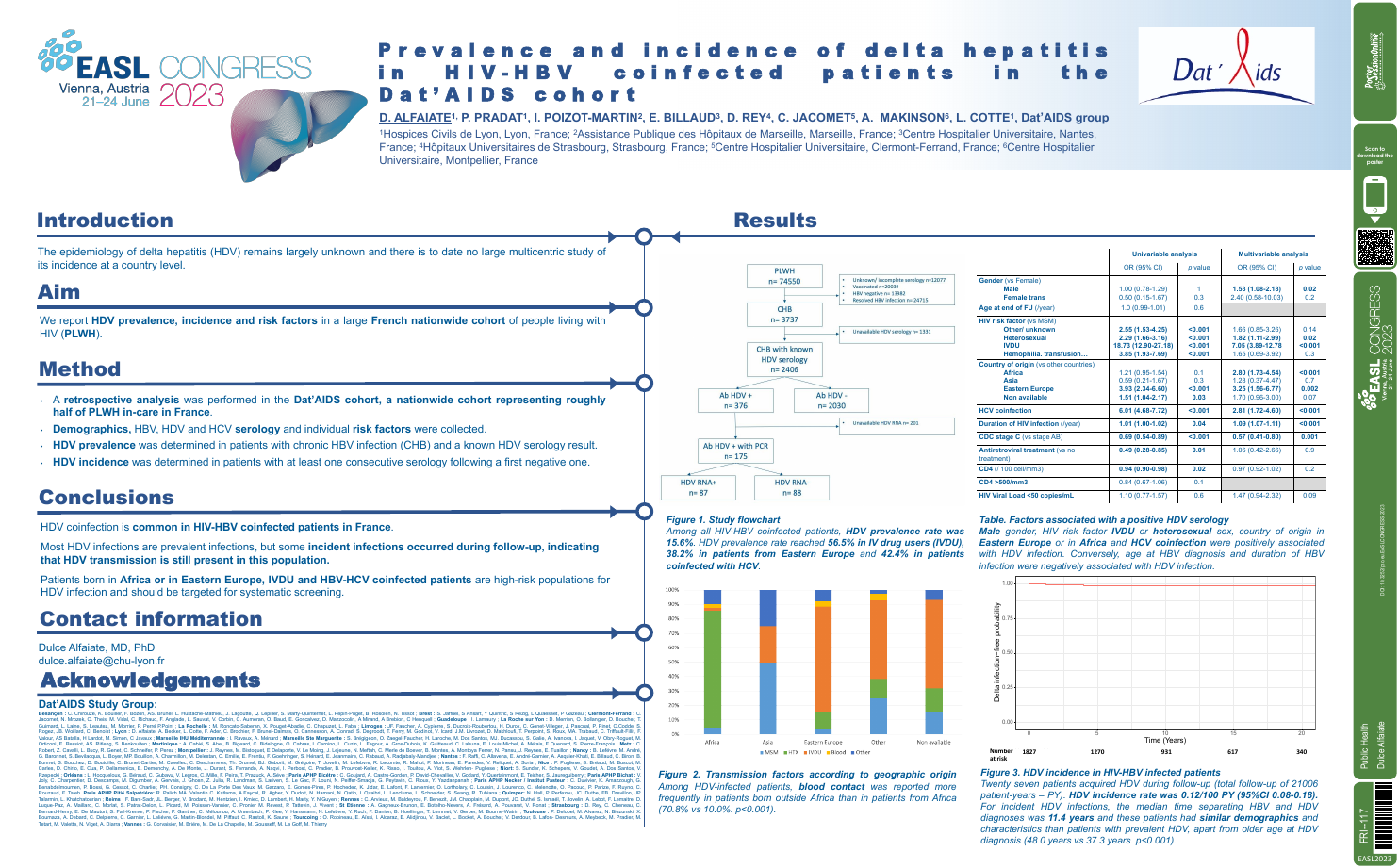
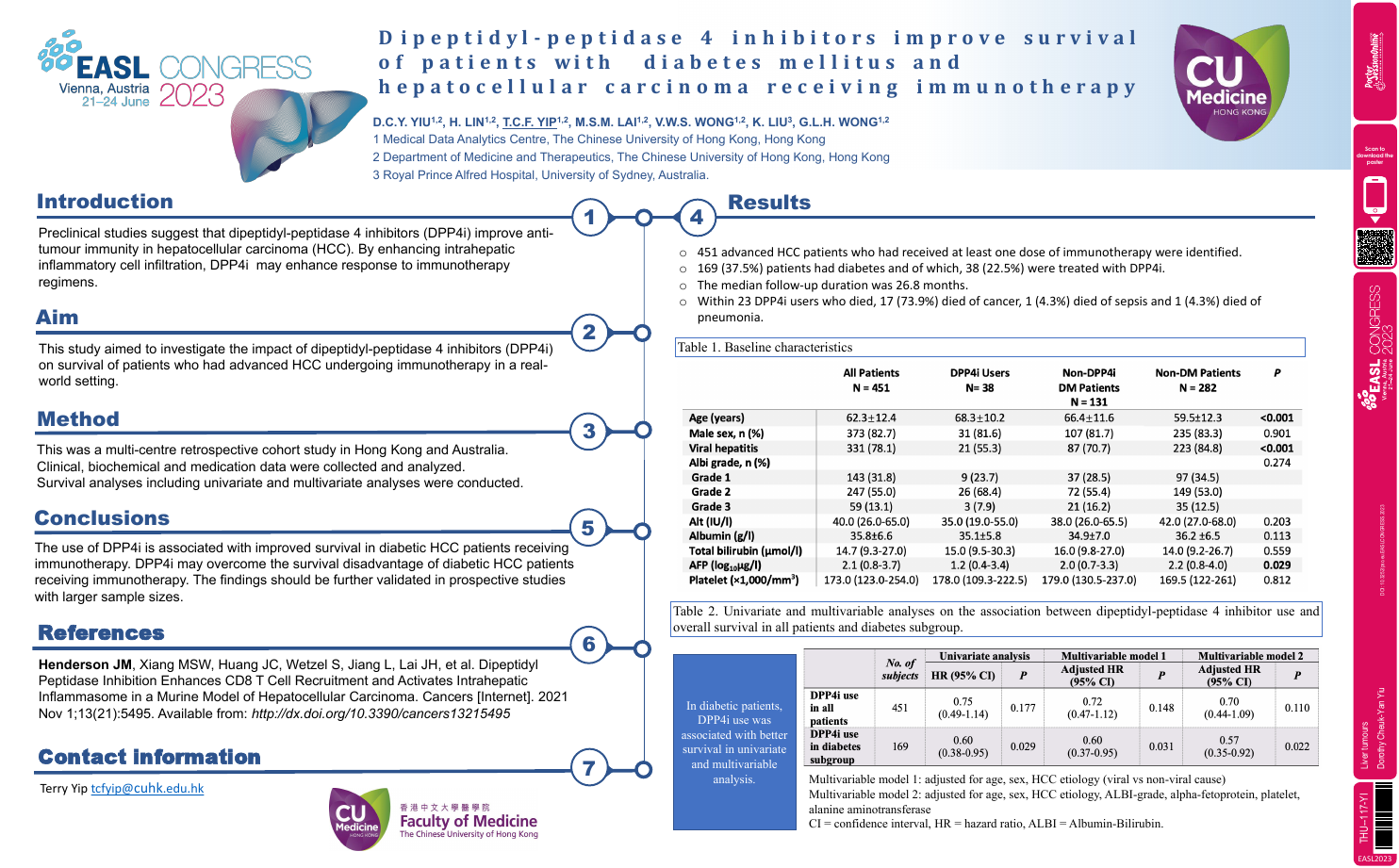
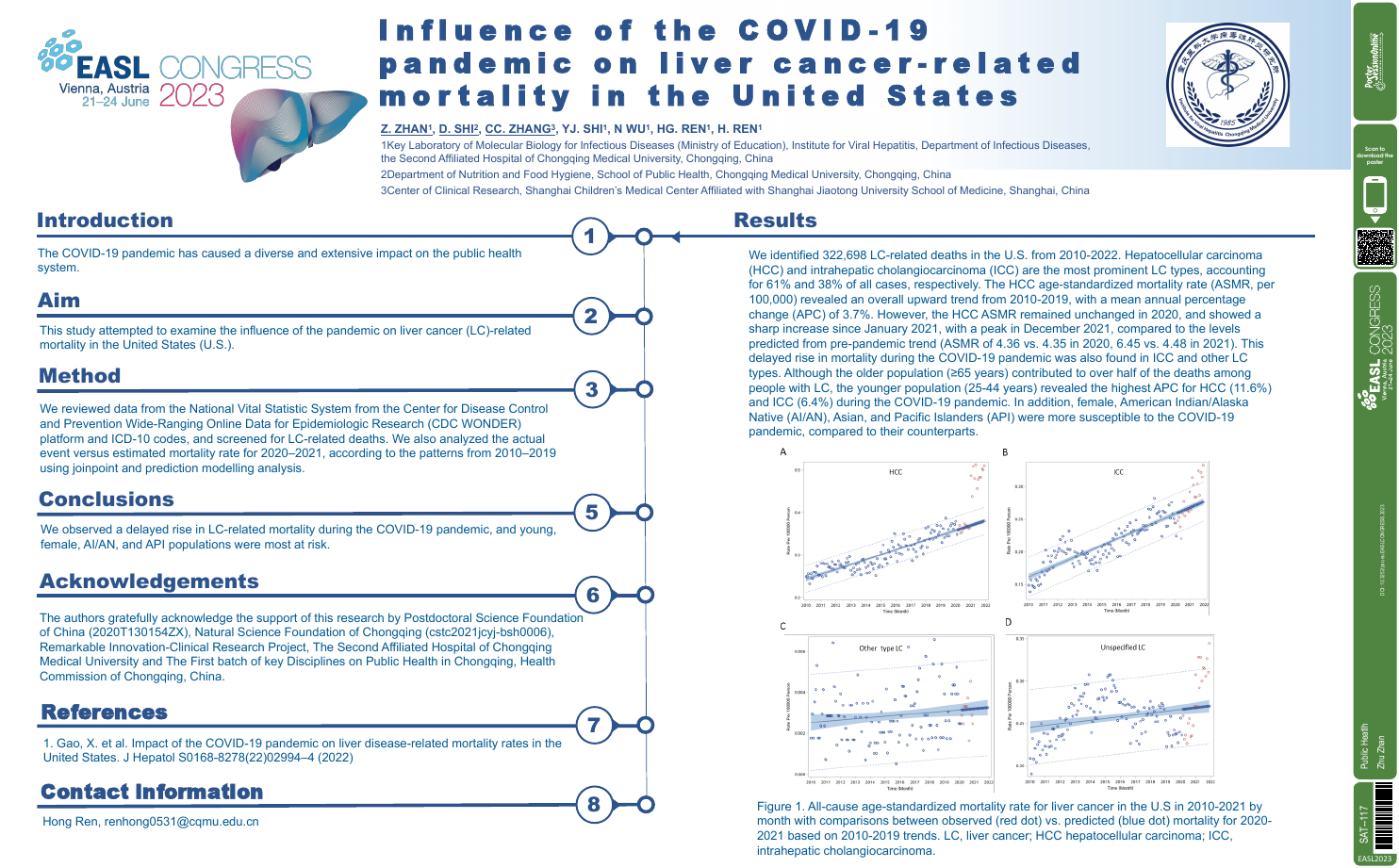
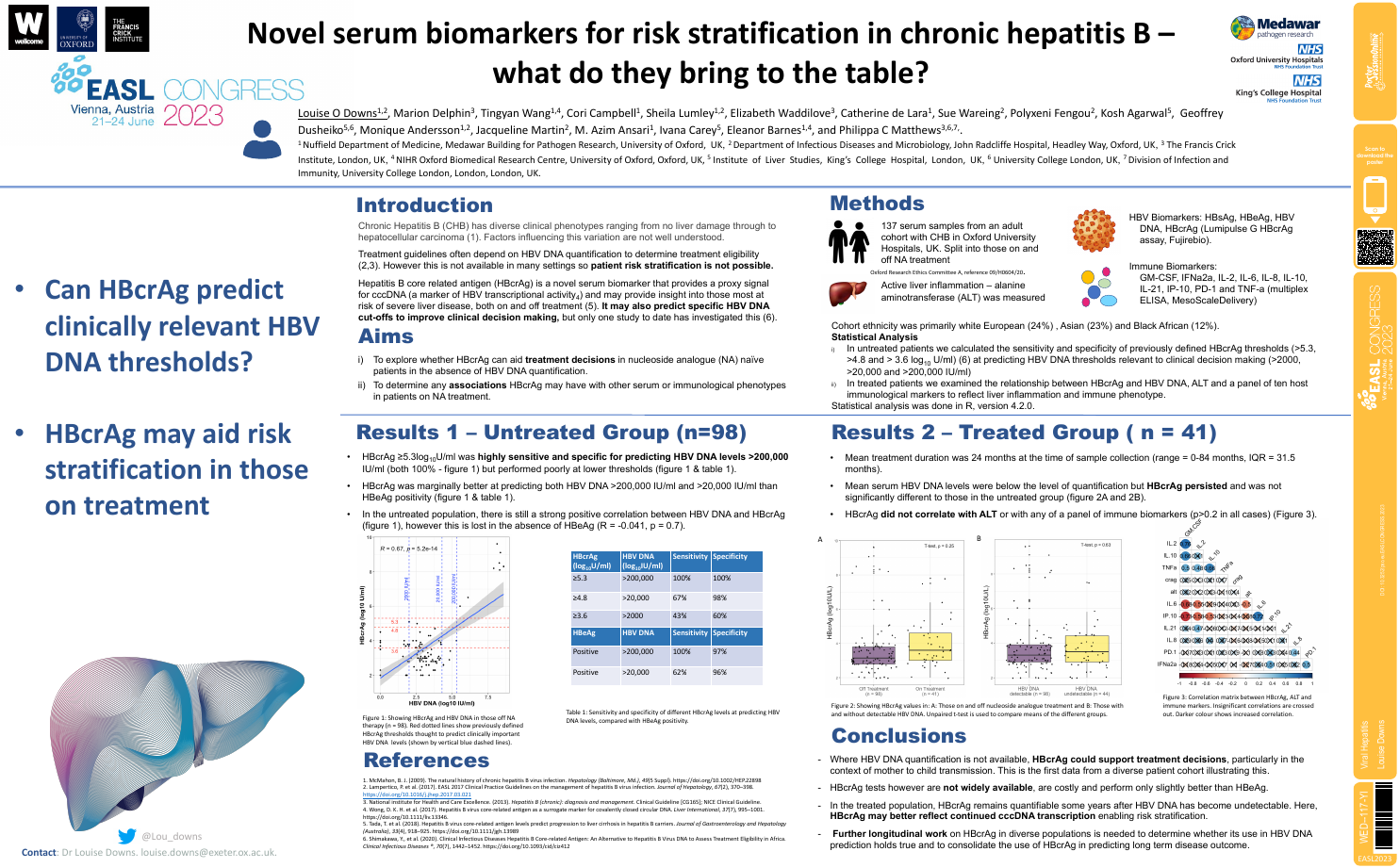
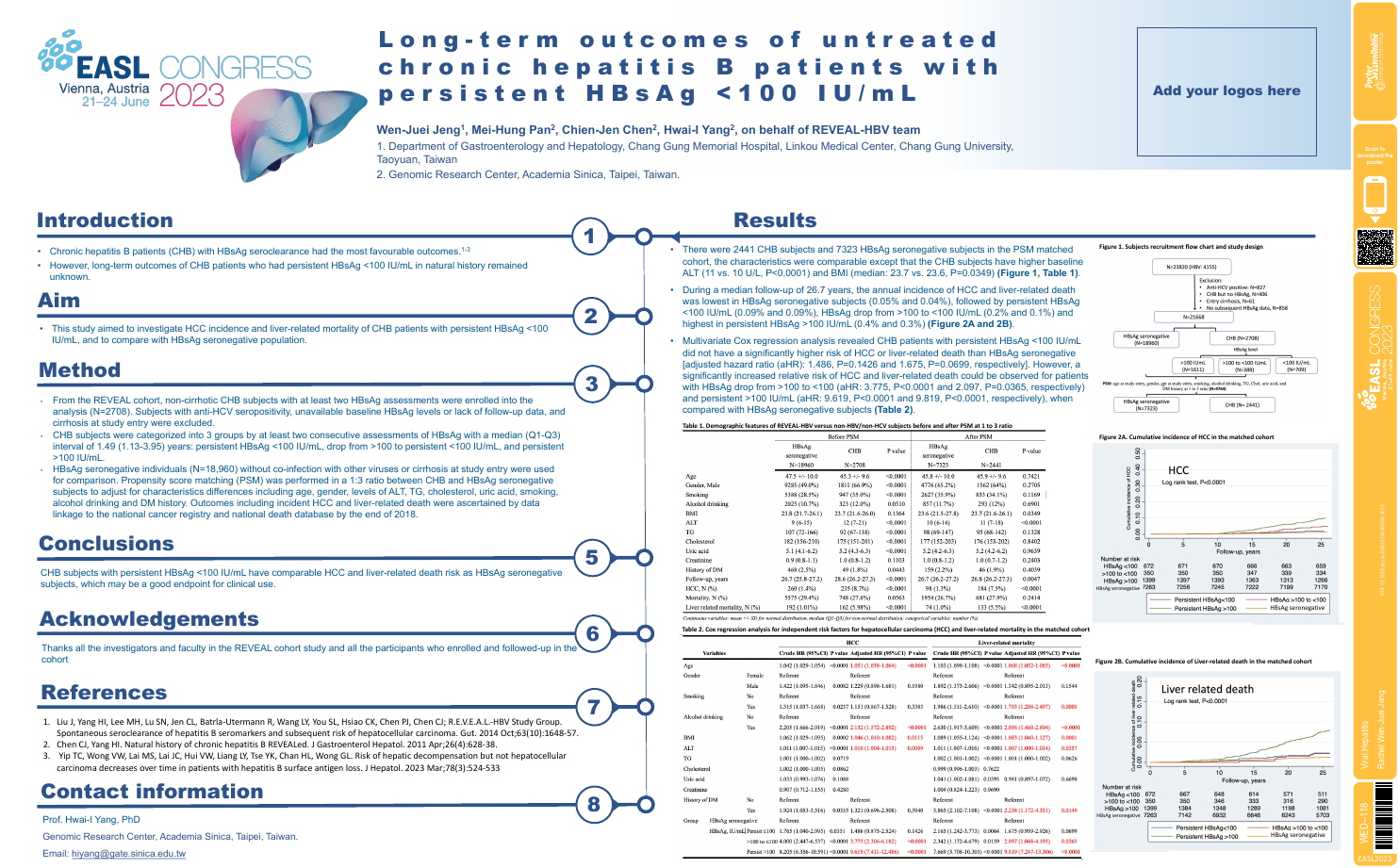
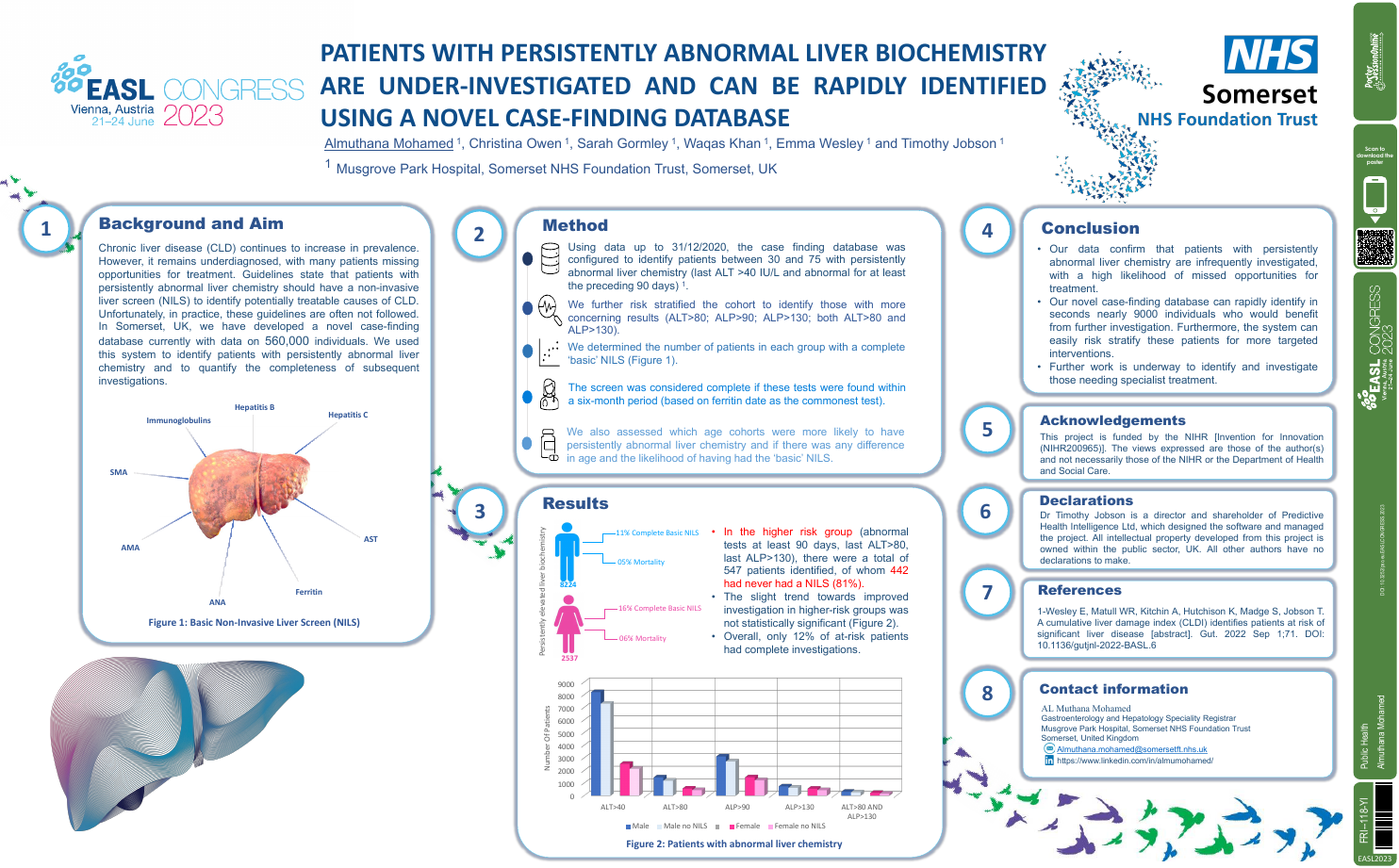
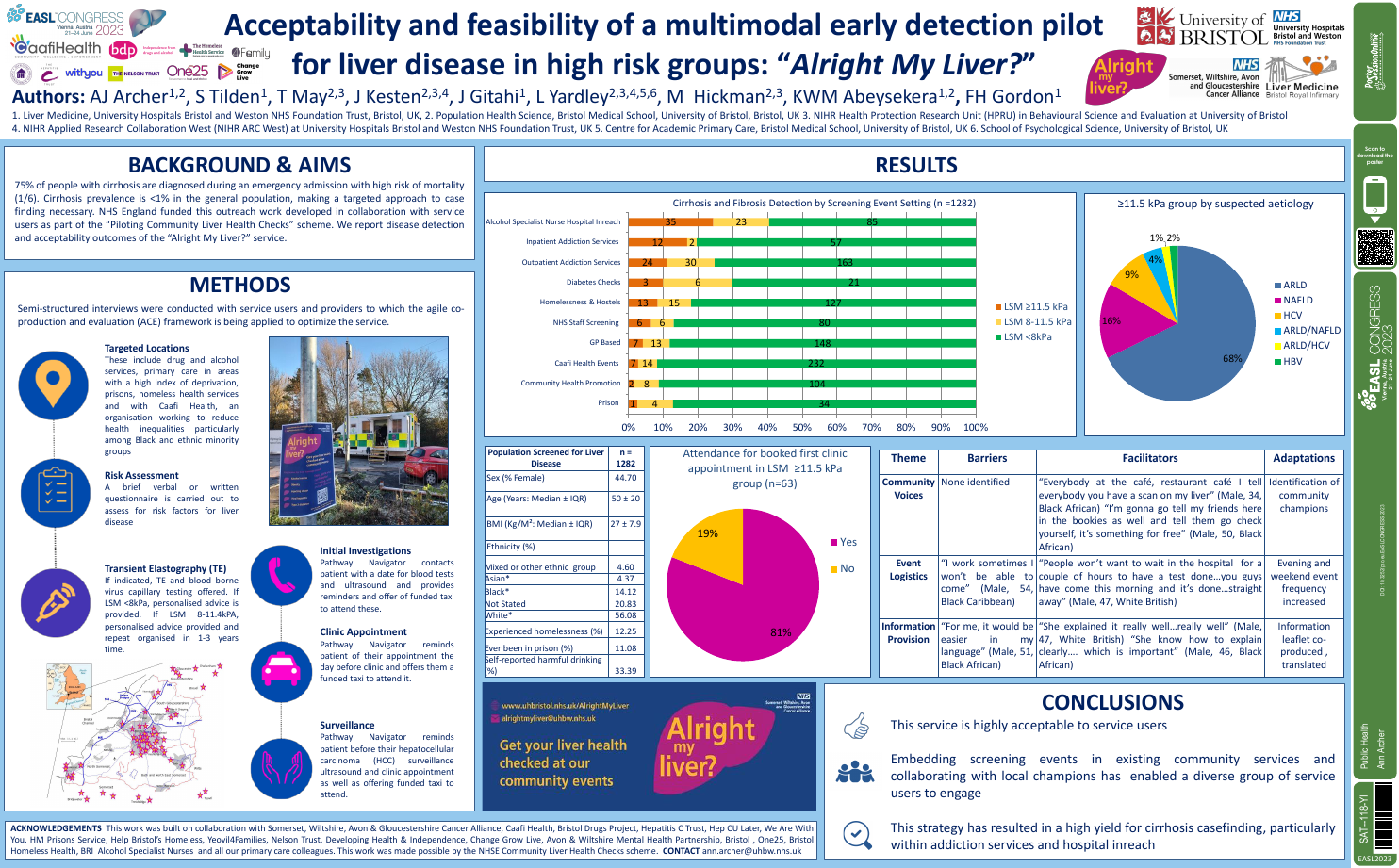
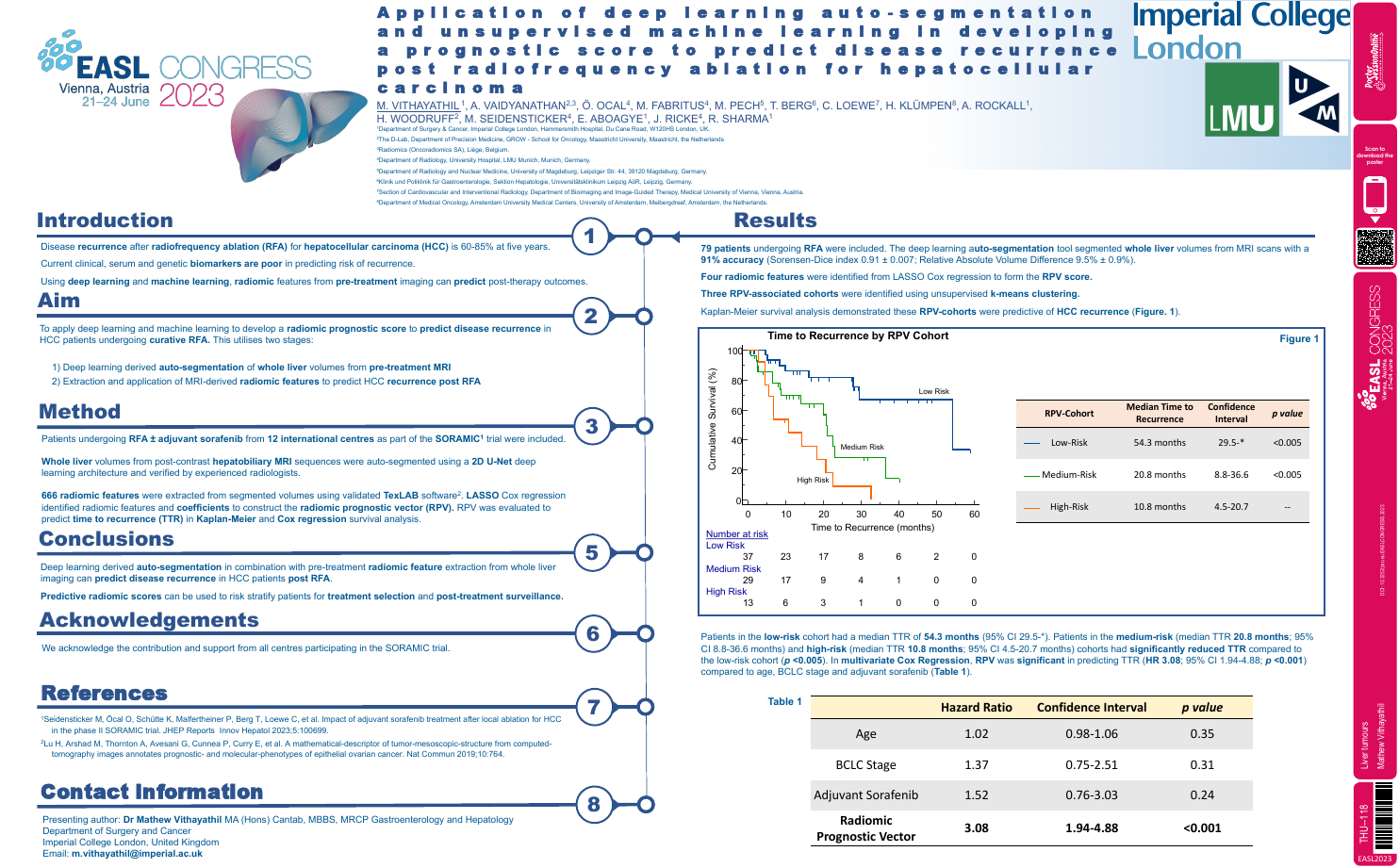
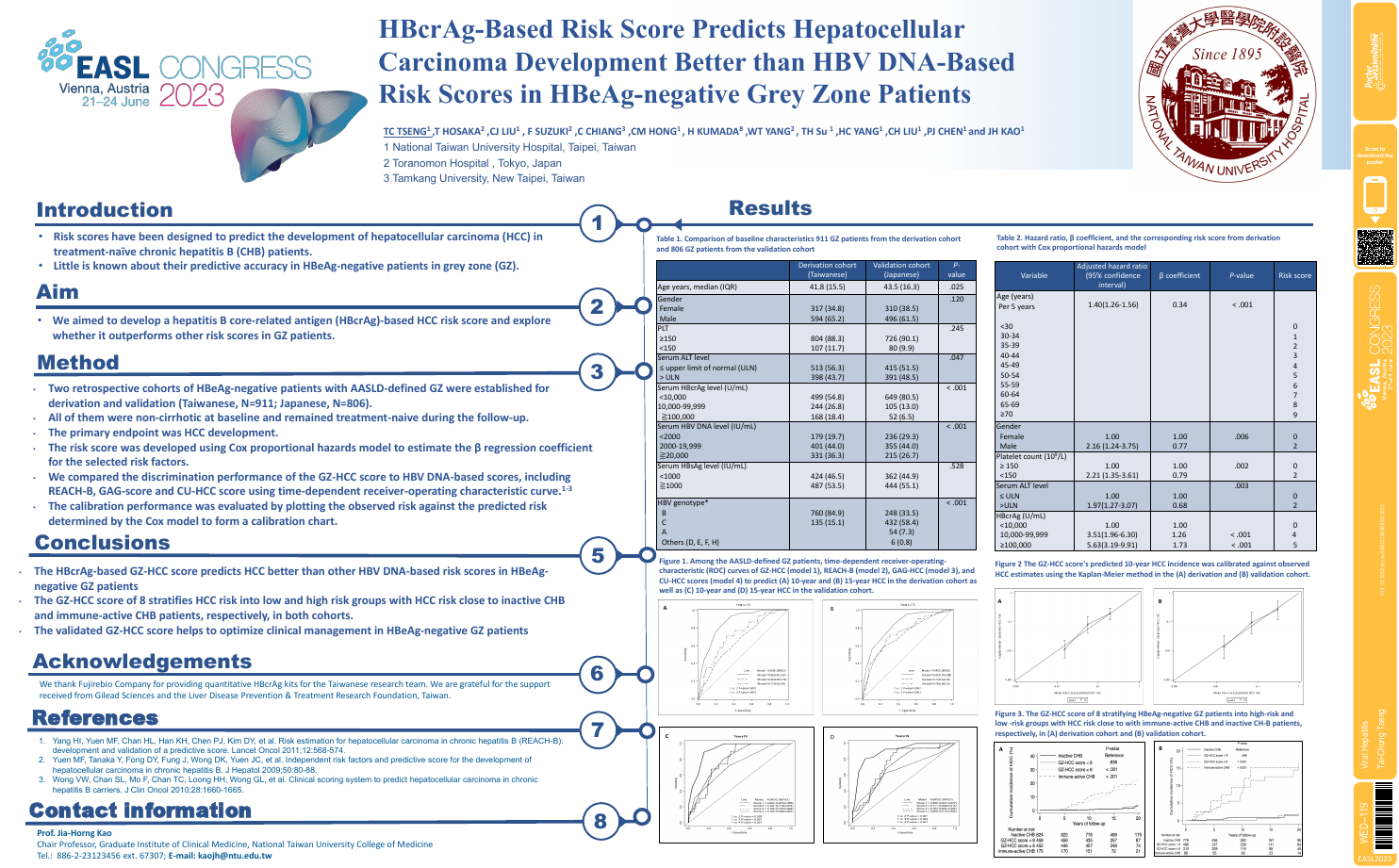
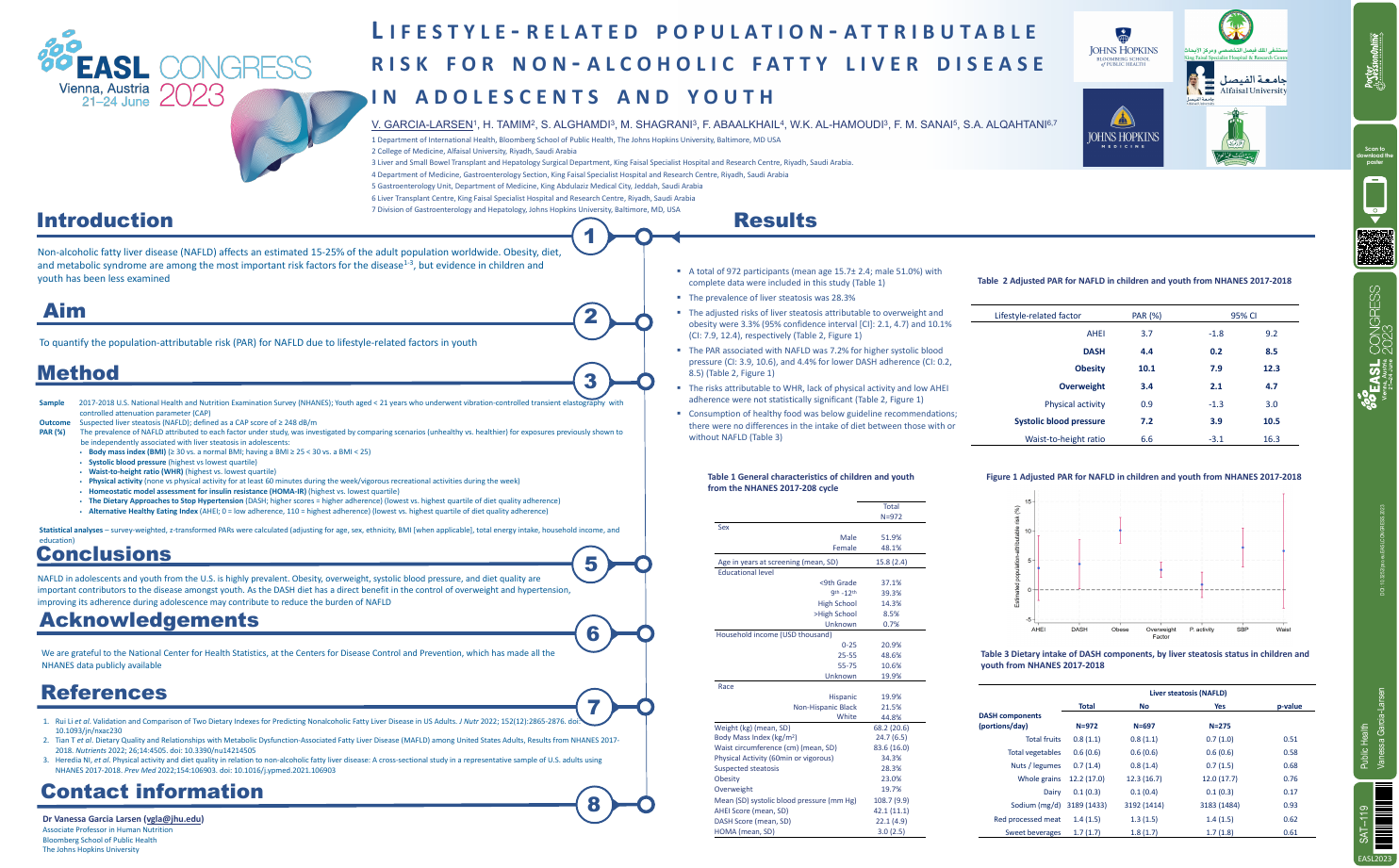
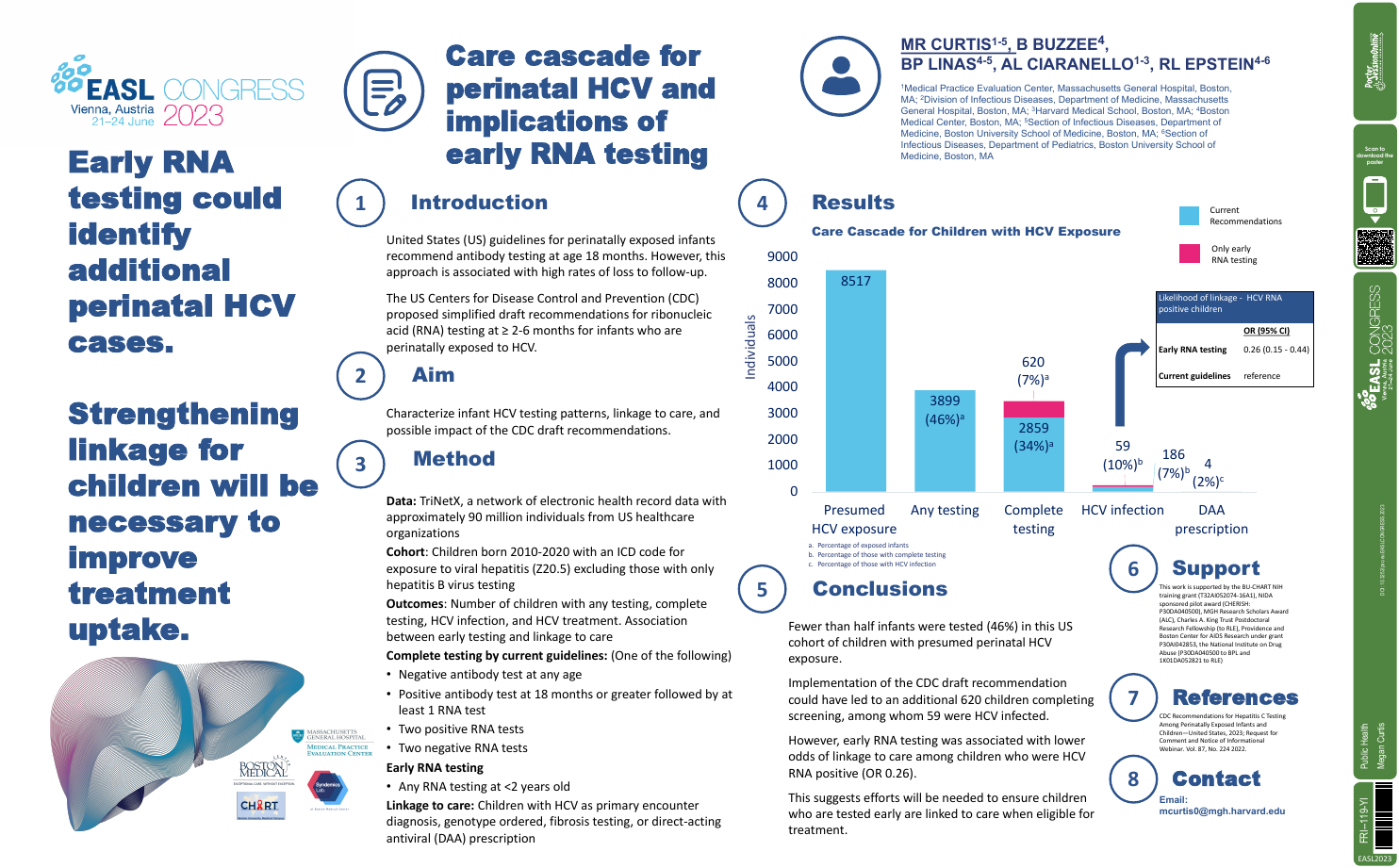
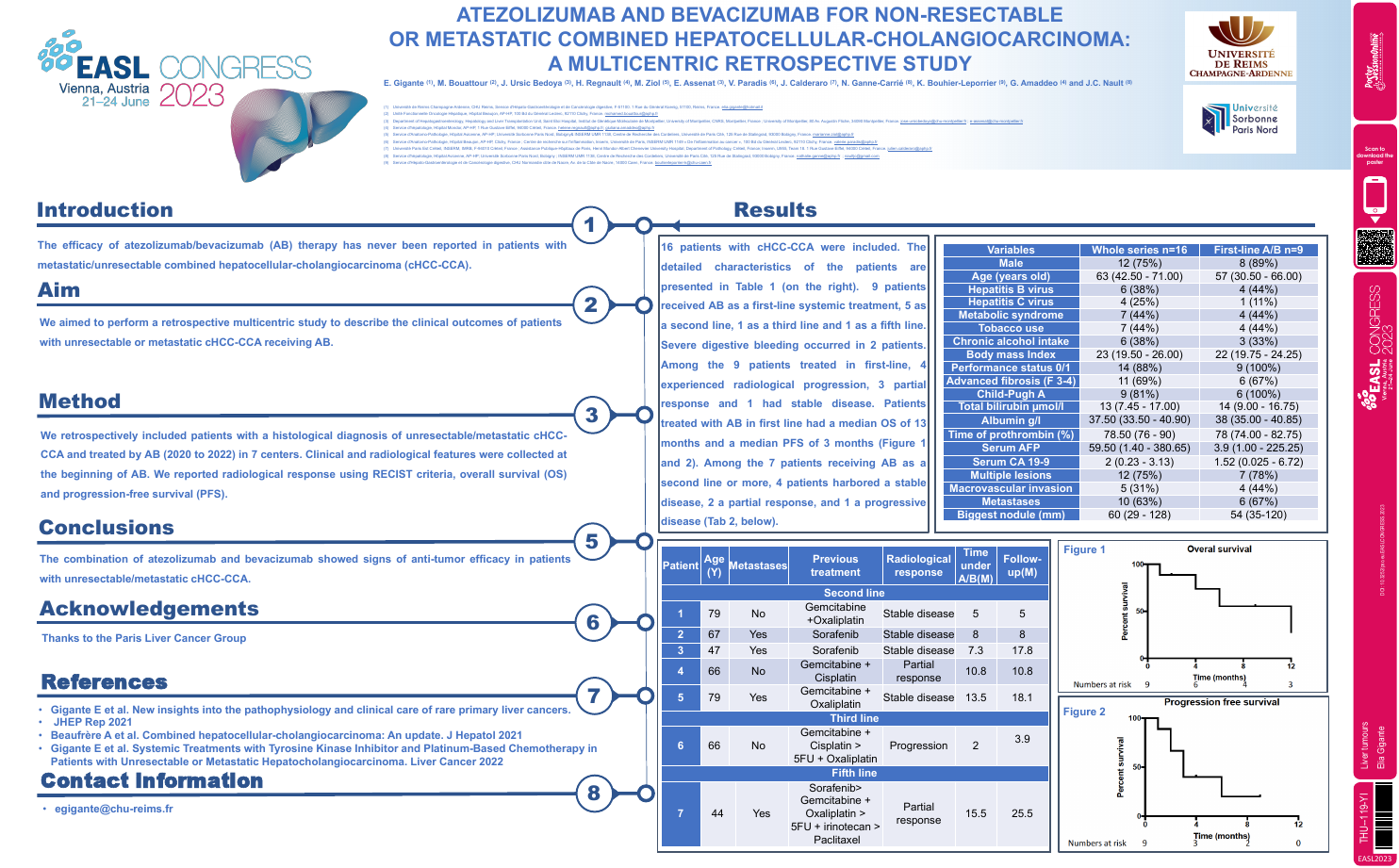
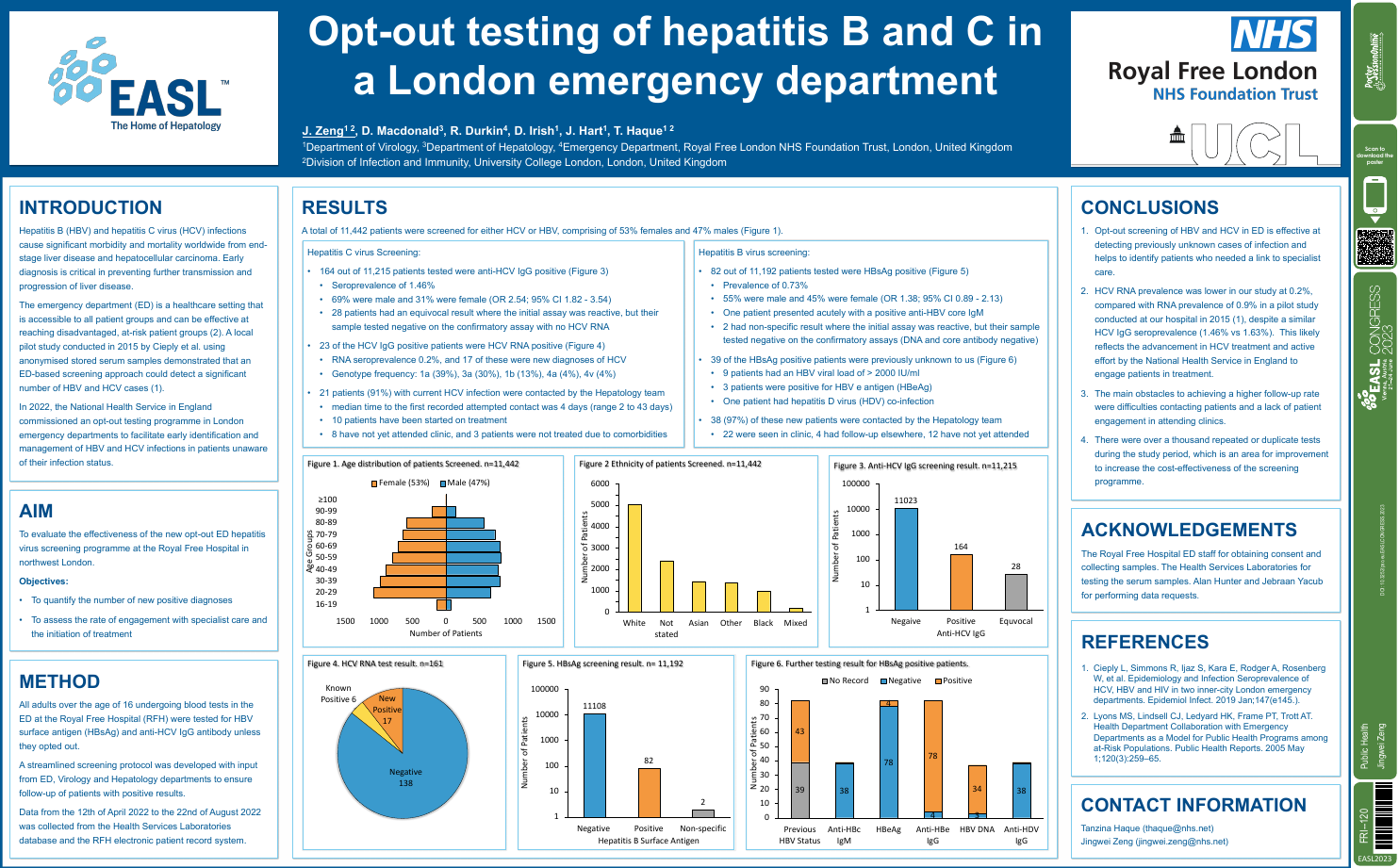
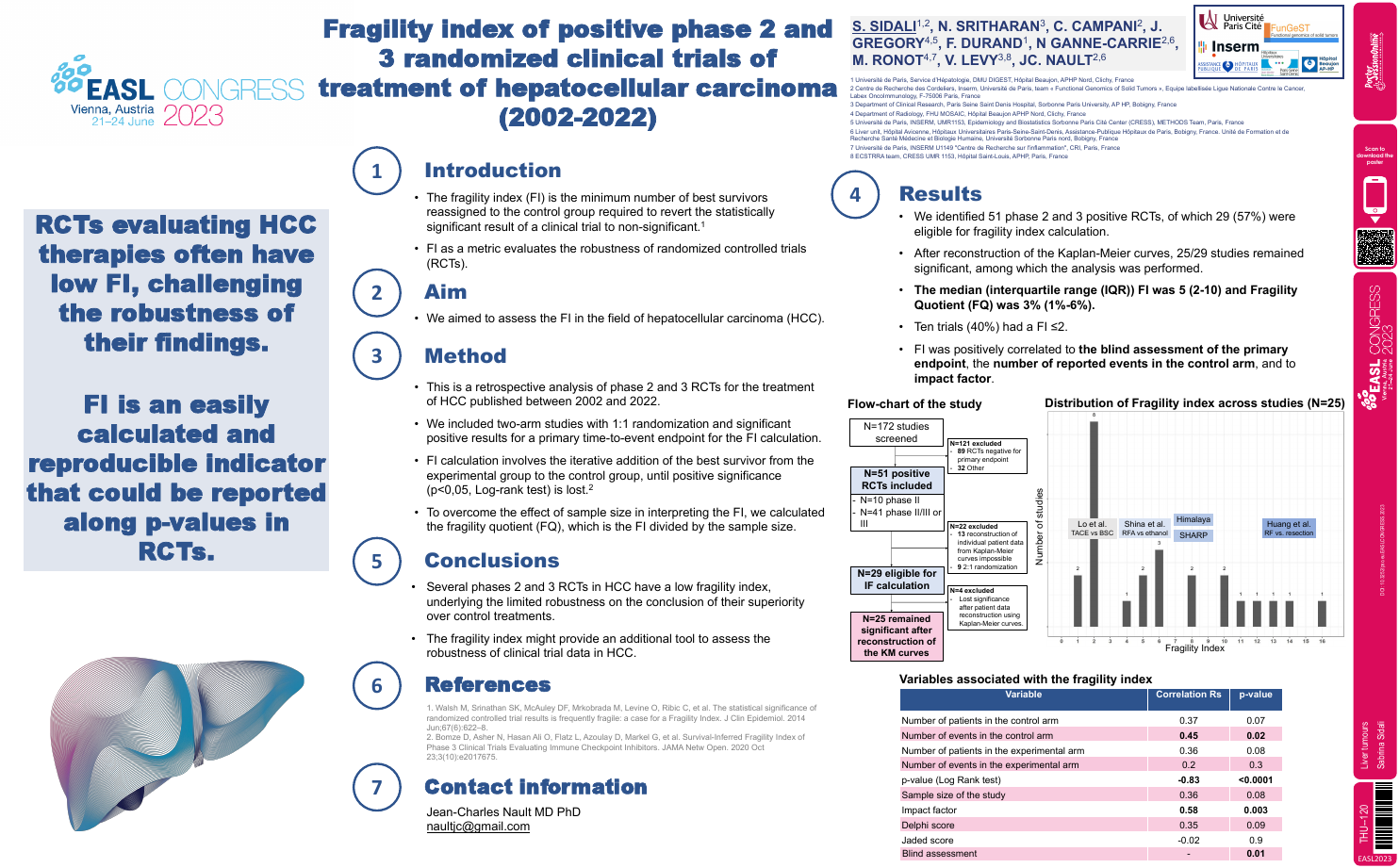
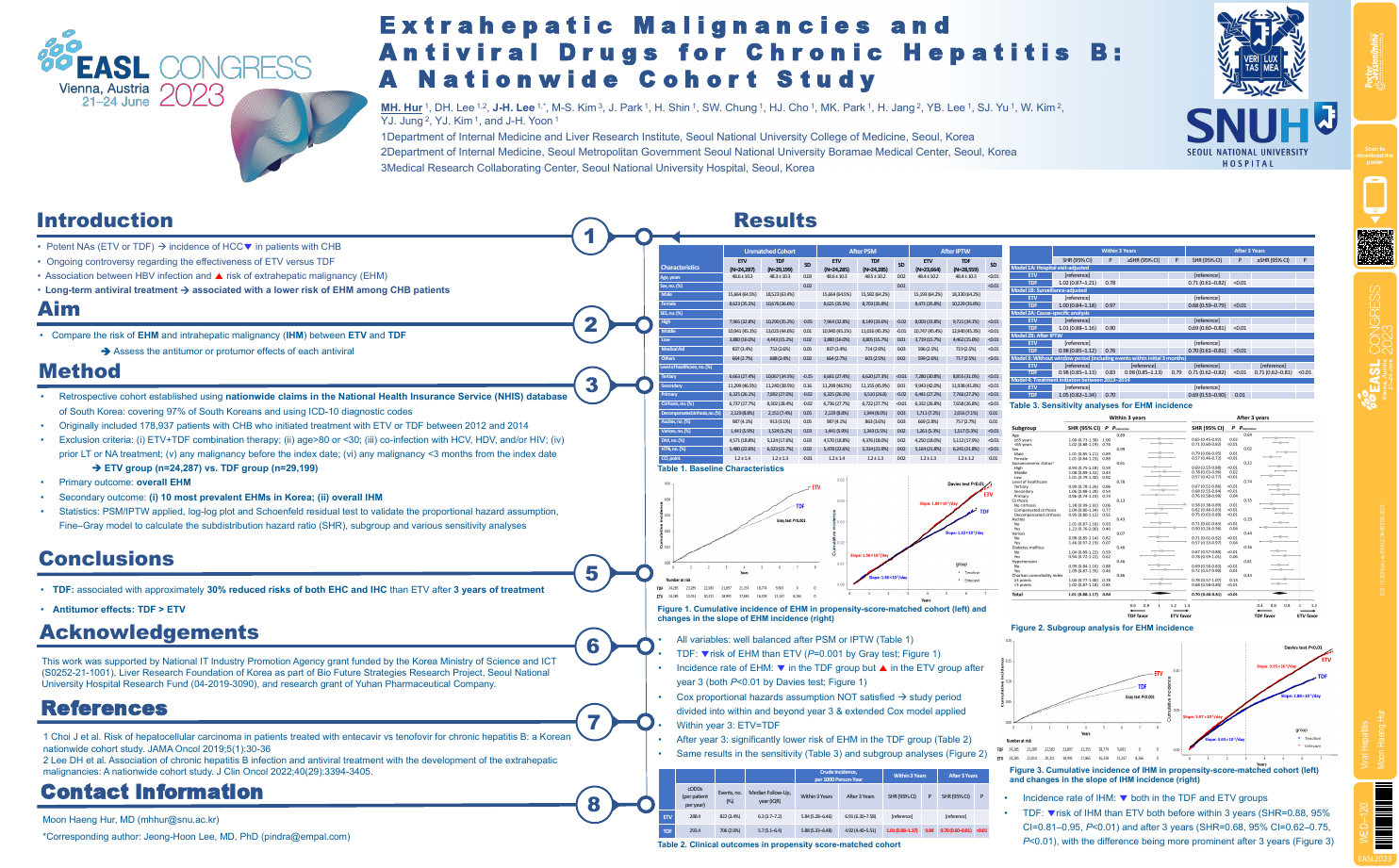
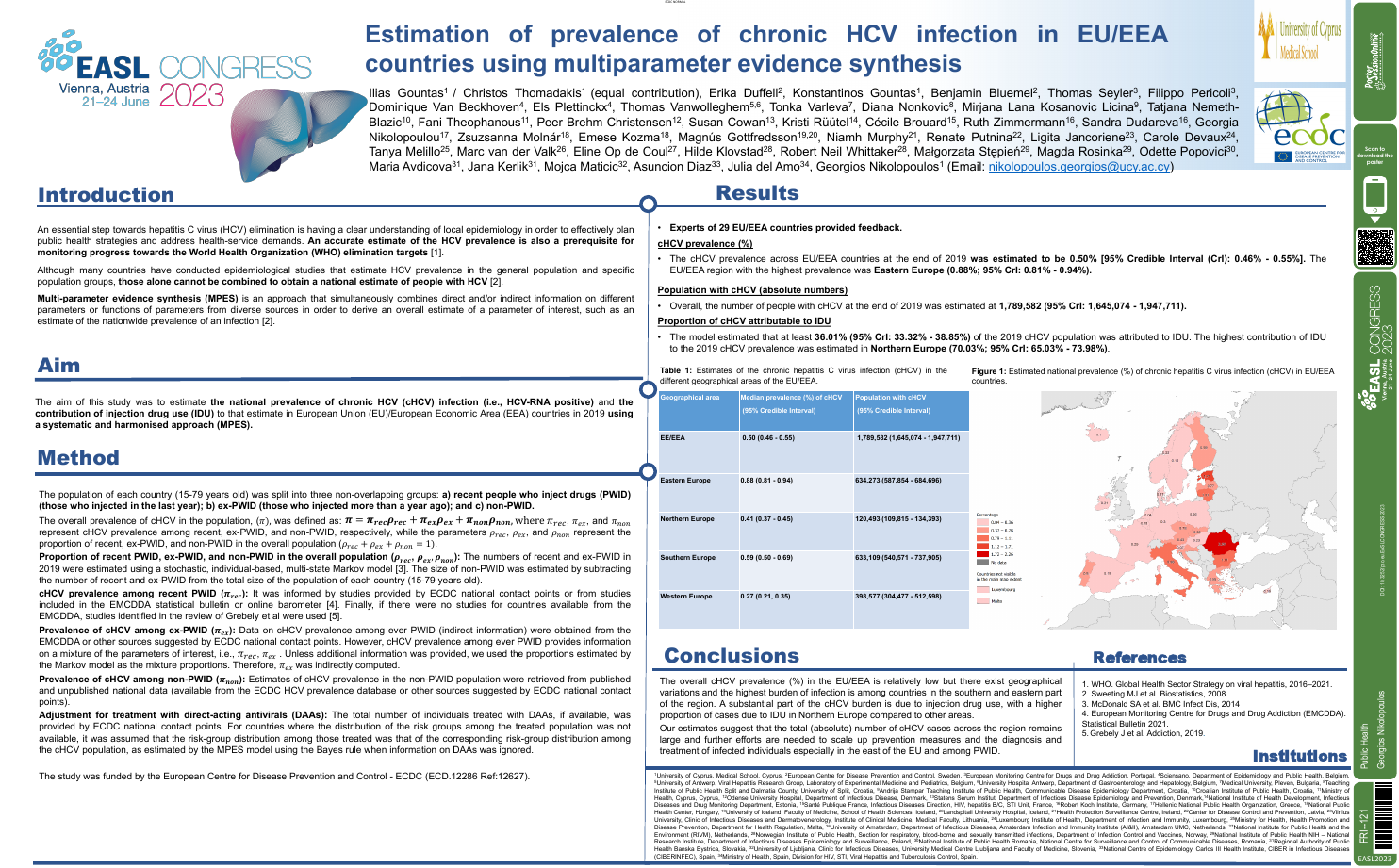
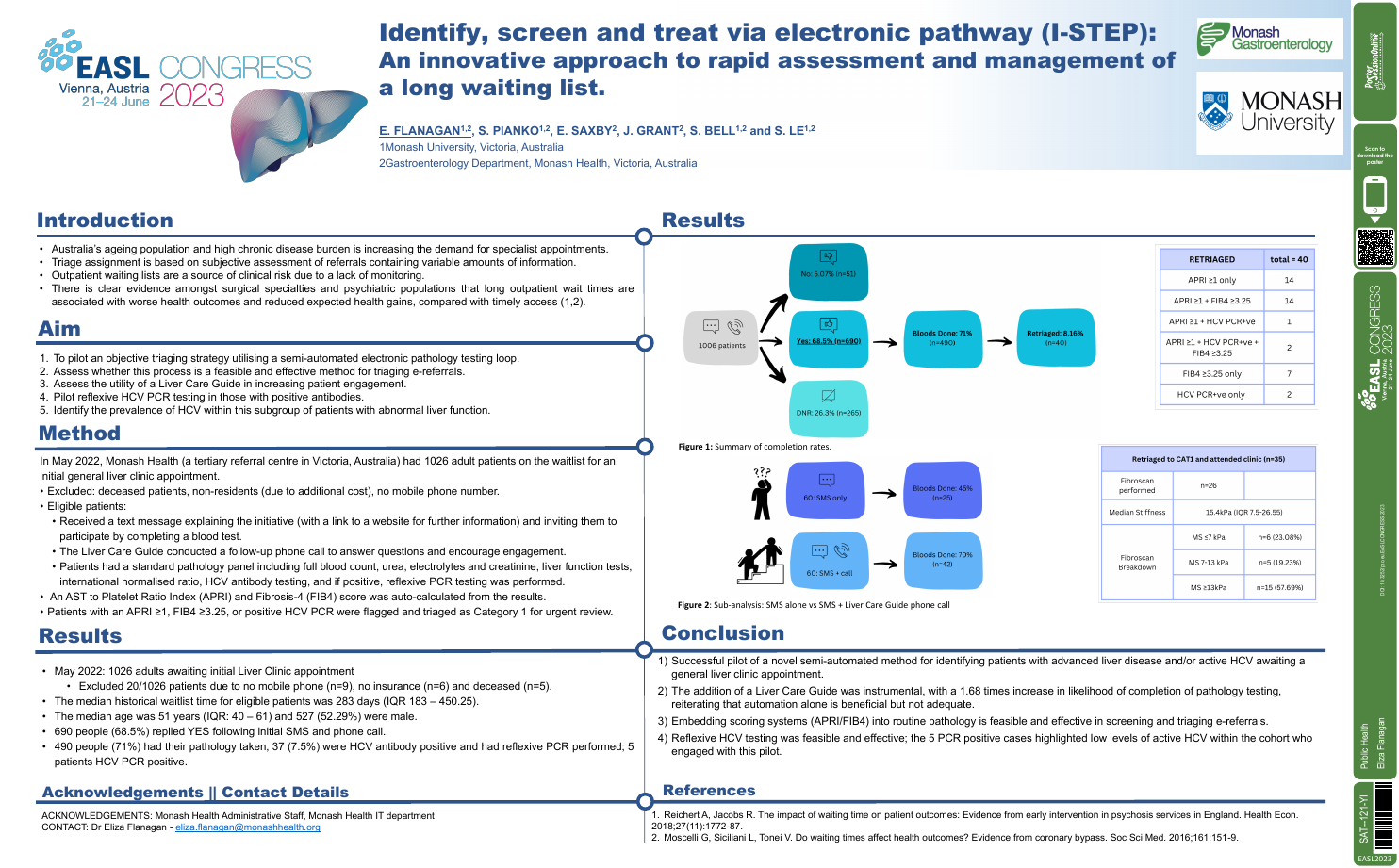
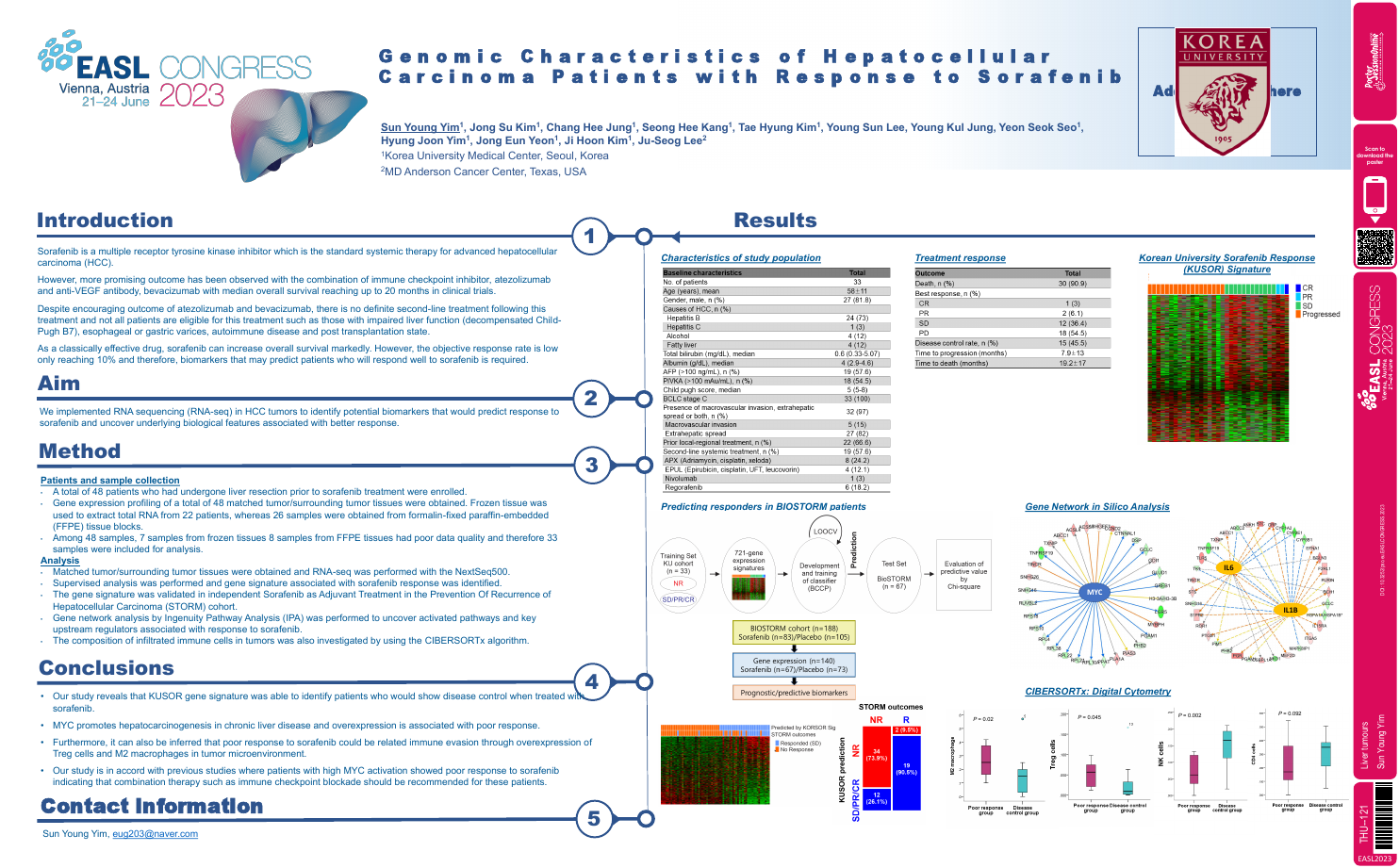
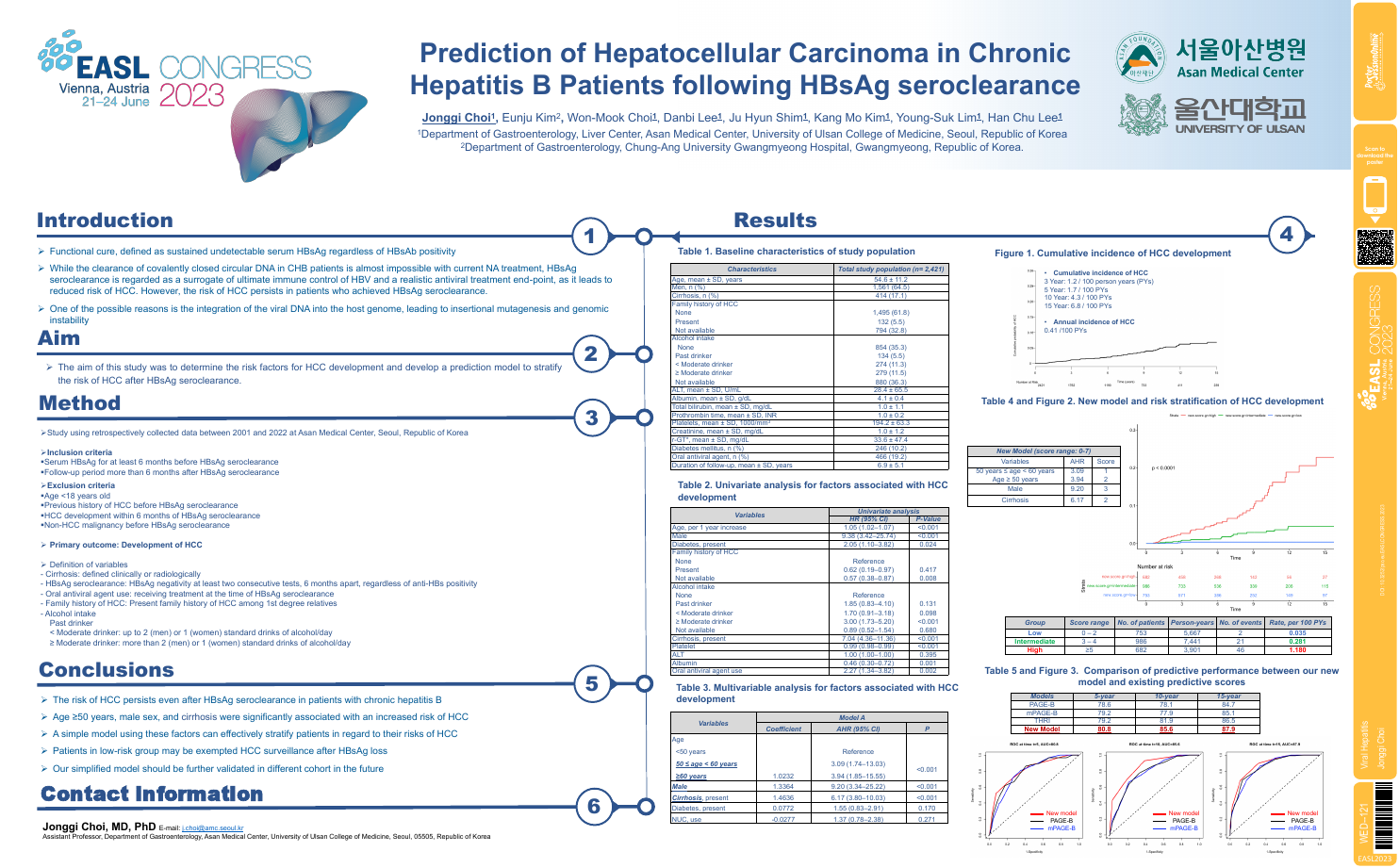
| The ALBI grade refines prognostic predic.. | Antonio DAlessio .. | .. | Liver tumours.. | - - | |
| Prevalence and incidence of delta hepati.. | Dulce Alfaiate .. | P. PRADAT, I. POIZOT-MARTIN, .. | Public Health.. | - - | |
| Dipeptidyl-peptidase 4 inhibitors improv.. | Dorothy Cheuk-Yan Yiu .. | Huapeng LinTerry Cheuk-Fung Yi.. | Liver tumours.. | - - | |
| Influence of the COVID-19 pandemic on li.. | Zhu Zhan .. | .. | Public Heatlh.. | - - | |
| Novel serum biomarkers for risk stratifi.. | Louise Downs .. | Marion Delphin, Tingyan Wang, .. | Viral Hepatitis.. | - - | |
| Long-term outcomes of untreated chronic .. | Rachel Wen-Juei Jeng .. | Mei-Hung Pan, Chien-Jen Chen, .. | Viral Hepatitis.. | - - | |
| Patients with persistently abnormal live.. | Almuthana Mohamed .. | Christina Owen, Sarah Gormley,.. | Public Health.. | - - | |
| Acceptability and feasibility of a multi.. | Ann Archer .. | S Tilden, T May, J Kesten, J G.. | Public Health.. | - - | |
| Application of deep learning auto-segmen.. | Mathew Vithayathil .. | Akshayaa Vaidyanathan, Osman Ö.. | Liver tumours.. | - - | |
| HBcrAg-based risk score predicts HCC bet.. | Tai-Chung Tseng .. | .. | Viral Hepatitis.. | - - | |
| Lifestyle-related population-attributabl.. | Vanessa Garcia-Larsen .. | Hani Tamim, Saad Alghamdi, Moh.. | Public Health.. | - - | |
| Care cascade for children with hepatitis.. | Megan Curtis .. | .. | Public Health.. | - - | |
| Atezolizumab and bevacizumab for non-res.. | Elia Gigante .. | .. | Liver tumours.. | - - | |
| Opt-out testing of Hepatitis B and C in .. | Jingwei Zeng .. | .. | Public Health.. | - - | |
| Fragility index of positive phase 2 and .. | Sabrina Sidali .. | .. | Liver tumours.. | - - | |
| Extrahepatic malignancies and antiviral .. | Moon Haeng Hur .. | .. | Viral Hepatitis.. | - - | |
| Estimation of prevalence of chronic HCV .. | Georgios Nikolopoulos .. | .. | Public Health.. | - - | |
| Identify, screen and treat via electroni.. | Eliza Flanagan .. | .. | Public Health.. | - - | |
| Genomic characteristics of hepatocellula.. | Sun Young Yim .. | .. | Liver tumours.. | - - | |
| Prediction of hepatocellular carcinoma i.. | Jonggi Choi .. | .. | Viral Hepatitis.. | - - | |
Abstract
Thunderstorm-related asthma in patients sensitised to olea europaea pollen: twenty emergency department visits for asthmatic symptoms in one single day Losappio, Laura1; Heffler, Enrico2; Falco, Antonio1; Contento, Francesco1; Cannito, Cosimo1; Rolla, Giovanni2 1"Dimiccoli" Hospital, Emergency Department, Barletta, Italy; 2University of Torino - AO Mauriziano "Umberto I", Allergy and Clinical Immunology, Torino, Italy
Background: Associations between thunderstorm and asthma morbidity have been reported in several countries. Common to all epidemics of thunderstorm-related asthma is a significant increase in atmospheric allergen load during and immediately after a thunderstorm. Sensitization to Alternaria species or to grass and parietaria pollens has been suggested to play a key role in thunderstorm-related asthma. The only reported event of thunderstorm-related asthma in Mediterranean area was attributed to sensitization to parietaria pollen.
Method: here we describe a series of 20 patients who presented to Emergency Department in Barletta (94,000 inhabitants), Puglia (Italy) for sudden and severe asthmatic symptoms between May 27th and 28th 2010 (from15:36 to 5:02), immediately after a violent thunderstorm which occurred following a very hot morning (mean temperature: 29°C). All the patients have been subsequently visited by an allergist and underwent allergological work-up which included skin prick tests and a careful clinical history. Local pollen counts were available.
Result: Between May 10th and June 10th 2010, 86 Emergency Department asthma visits were recorded, 20 of them during the study day. Patients' mean age was 44.25 +/- 18.5 years (range: 9-81), 8/20 females, 2 smokers, 16 with a previous history of known respiratory allergy. Only two patients regularly took anti-asthma drugs. All 20 patients were sensitized to Olea europaea pollen, 7 of whom were monosensitized. Ten patients were sensitized to grass, 7 to parietaria, 5 to compositae, 5 to cypress, 5 to house dust mites, 3 to dog and 1 to cat danders. No patient was sensitized to Alternaria. Mean pollen count was 17 granules/m3 for Olea europaea, 6 granules/m3 for grass pollen.
Conclusion: This is, in our knowledge, the second epidemic of thunderstorm related asthma described in Mediterranean area and the first one in which sensitization to Olea europaea played a key-role. In conclusion, our report indicates that thunderstorm asthma may involve different allergens (not only fungal spores and grass or parietaria pollen) in different geographic areas, depending on the seasonality of thunderstorms and allergenic pollen.